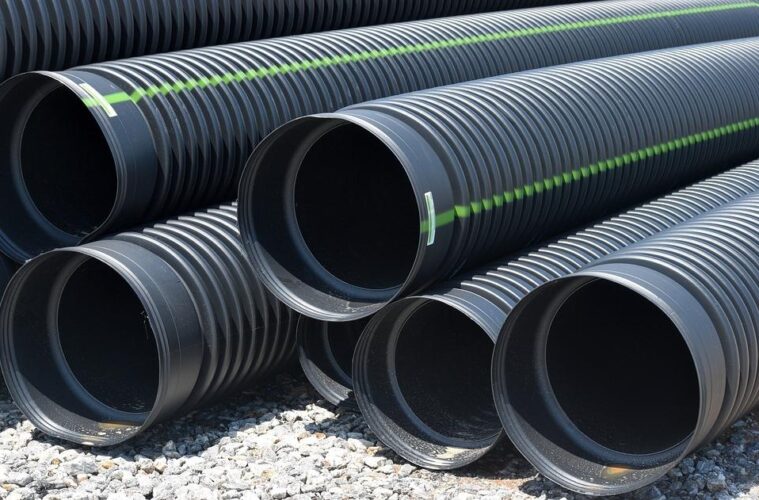Did you know that when it comes to drainage systems for your yard or your business, there are multiple options for removing excess water? Most people aren’t aware of the different options, simply because it is not a topic of everyday conversation.
But as a business owner or homeowner, it is important to know the difference between a French drain and a trench drain before choosing a drainage system to install. The use of drains has been around for thousands of years and have been worked on and perfected ever since.
As technology and science continue to develop, so do the design and structure of drains. Different materials are used depending on the location of the drain as well as the climate it is being built in. When it comes to understanding the difference between a French drain or a trench drain, the terms themselves give a hint as both involve digging a trench first.
There is much to compare when understanding the differences between the two drains. But first learning the basics of both types of drains will help you to understand their different designs, purposes, and materials needed to work efficiently and effectively.
Trench Drains
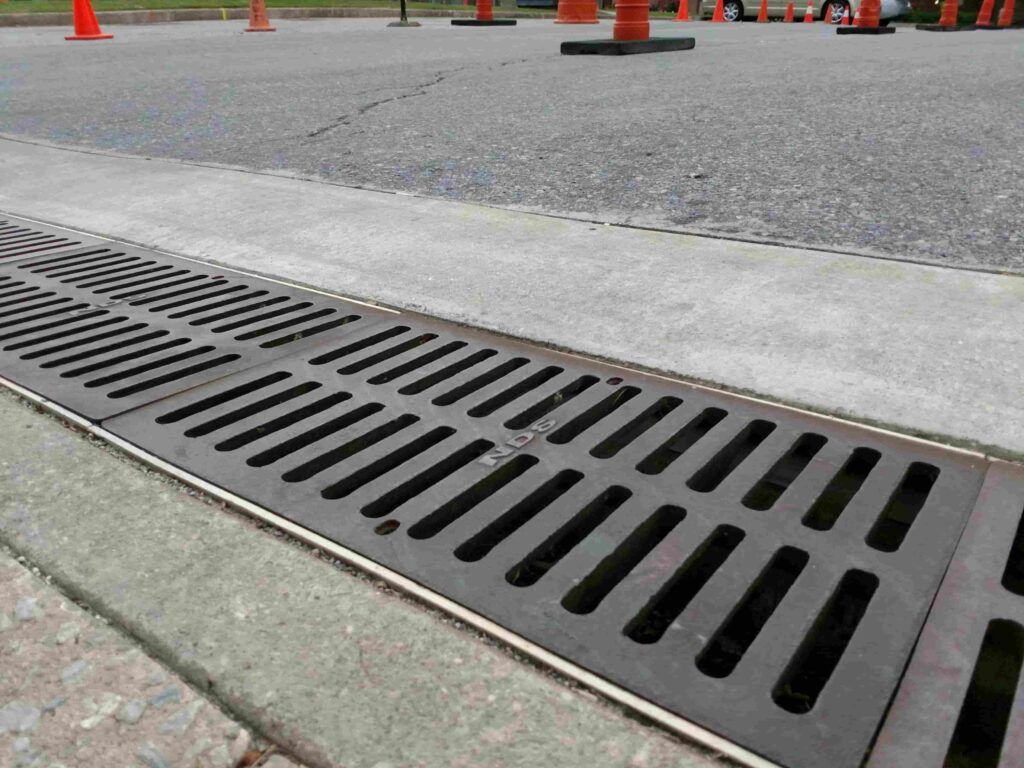
source: pinterest.com
When most people hear the word trench, they think of an open tunnel dug in the ground. You can think of a trench drain similarly in that it is an open channel that works to divert water on the surface of an area using the shape of a trench. Most trench drains are built and used to remove large amounts of water.
When being built, they are typically made with a material like concrete to ensure that the drain will last. Trench drains were originally designed for commercial areas as they are efficient in moving large amounts of water away from buildings. In fact, some of the first modern trench drains were used at airports to try and divert water away from the building and the runways. This goes to show how much water a trench drain can truly move.
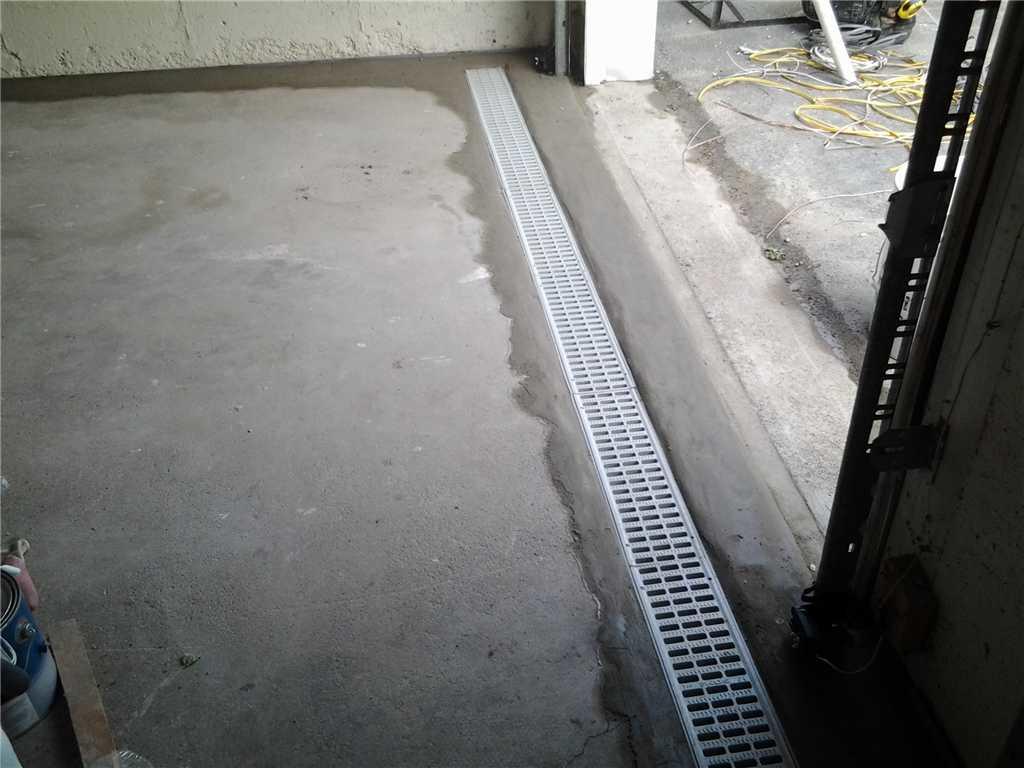
source: treehouseinternetgroup.com
When you observe a trench drain, you will notice that they are often covered with grates to keep debris from entering the drains. Oftentimes these drains are used in commercial parking lots or sidewalks and need to be maintained for long periods of time with public use. However, you may also see them in driveways or near garages in residential areas to help move water away from areas that are negatively sloped.
Trench drains use gravity and force to help move water away from an unwanted area. These drains are often referred to as gutters on top of the ground. Homeowners dealing with an unwanted soggy yard often begin to research trench drains to figure out if this option is right for their yard.
Although it is possible to install trench drains yourself, unless you have background knowledge or experience with drains or concrete installation, it is best to leave it to the experts before undertaking such a large project by yourself. A professional trench drain installer can be sure that your system is properly installed and working its very best.
French Drains
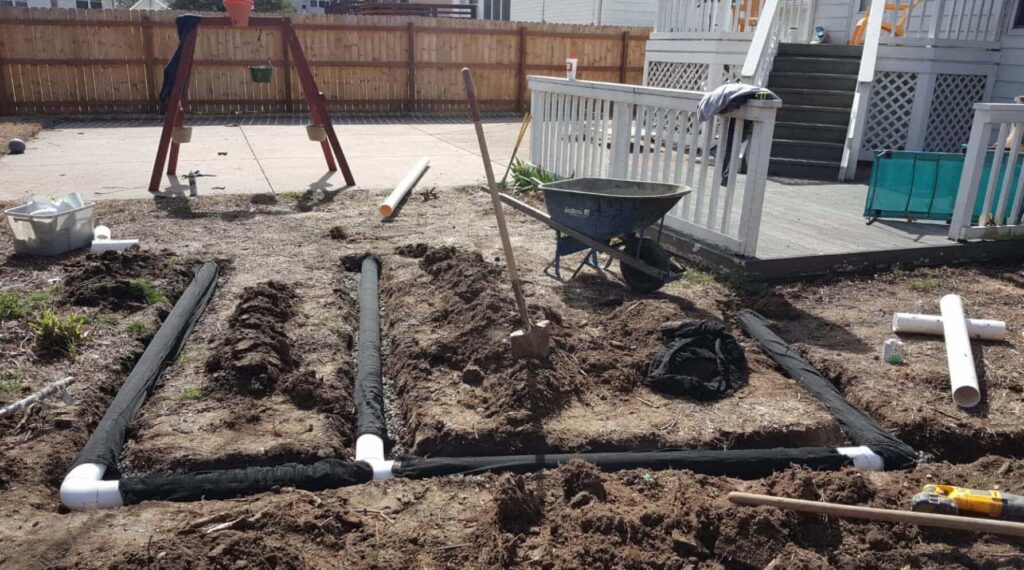
source: toppsasphalt.com
French drains use the same principle as trench drains, meaning both types of drains reroute unwanted water. However, the biggest difference is that a French drain was designed to reroute water under the ground.
Surfaces and yards that are flat without any hills or slopes tend to struggle with water pooling in certain places which can cause damage over time. Left untouched, this excess water can lead to structural damage and mold. French drains can help remedy these problems by rerouting the water away from a house or building.
French drains are built using a channel just like a trench drain, but French drains have pipes to reroute the water. A French drain can be tailored to the exact size you need it for the surface area you are working with.

After installing the pipe in the direction you want the water to flow away from, you cover the pipe with rock or gravel. This helps to prevent any excess debris from interfering with the pipe as well as providing an aesthetically pleasing view for your landscape.
As a homeowner struggling with excess water in your yard, a French drain is an ideal solution. It is an affordable option that many homeowners choose to install themselves. There are a lot of DIY options available for French Drains.
If you do choose to build and install your own French drain, make sure to carefully plant out the route of the drain first so that the water is flowing away from your house or yard.
How to Choose Between the Two Drainage Systems
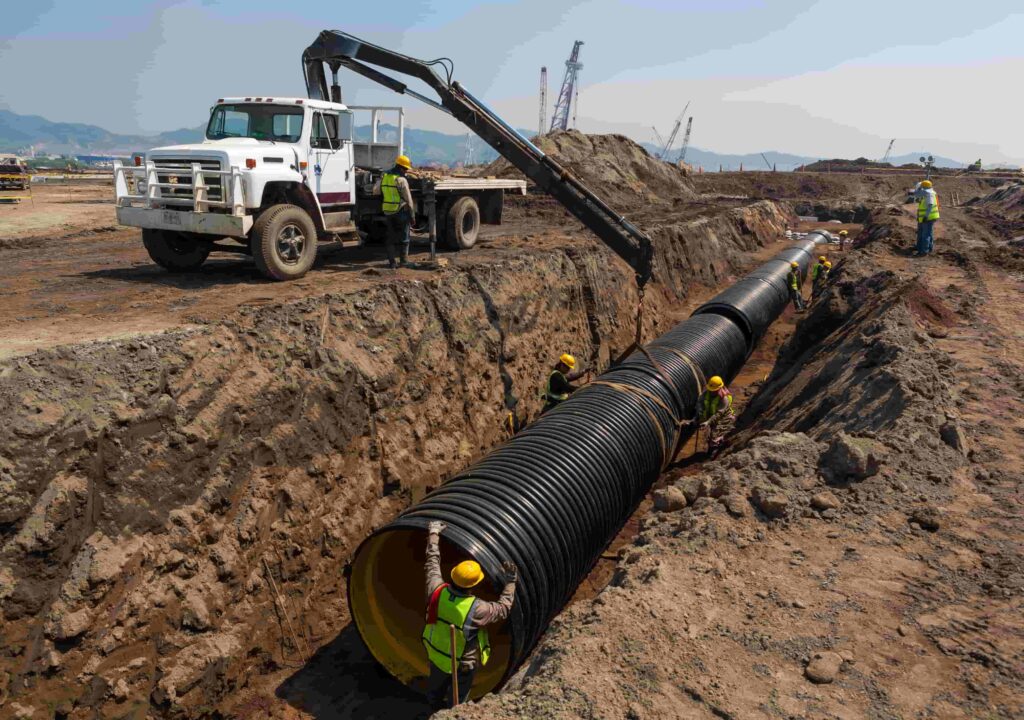
source: en.wikipedia.org
When choosing between a French drain and a trench drain, the main components to think about are space, location, and water flow. Some other differences to consider between the two drains are the way they are built, the materials used to build them, and the area in which the drain needs to cover.
However, you also have to think about the natural landscape you are working with. If there is not already a natural downward slope, a trench drain is unlikely to be helpful for an even and flat landscape.
As trench drains tend to be used for larger surface area and more water flow instead of water saturation, it may not be the best option for your residential home. Many homeowners struggle with soggy yards and trench drains are not the best option to remedy that problem.
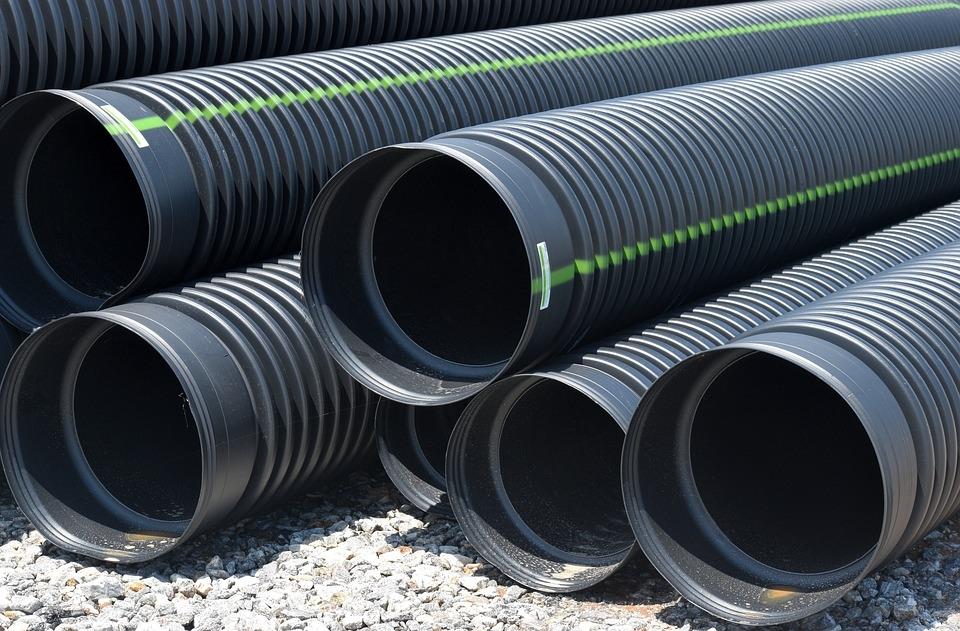
source: siteprep.com
It is also important to think about the fact that sometimes these drains also have a tendency to become clogged and need more maintenance than French drains. Installing a drain is an investment of both time and money and you want to make the right choice.
If your main concern is a large amount of excess surface water, then a trench drain is going to be the best option. But if your drainage problem has to do with water soaking into the ground, then a French drain should be your choice. Whichever choice you make, you can be confident that both drains will help solve your unwanted water problem.
Keeping Your Yard Drained
Whichever drain you choose, it will help your yard long term. You’ll eliminate damaging excess water and keep your yard at the proper level of moisture. Your lawn will thrive and you’ll be able to enjoy it, even after heavy rain. By selecting the correct drainage system, your lush and healthy grass will thank you at The Architecture Designs.

